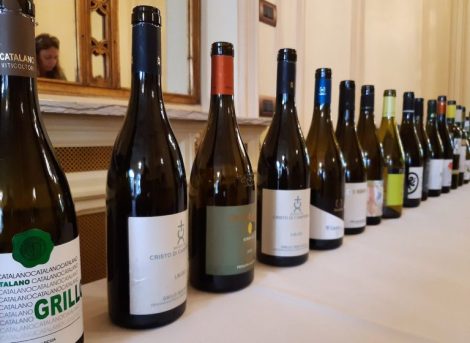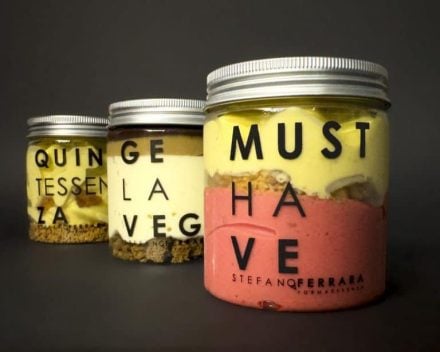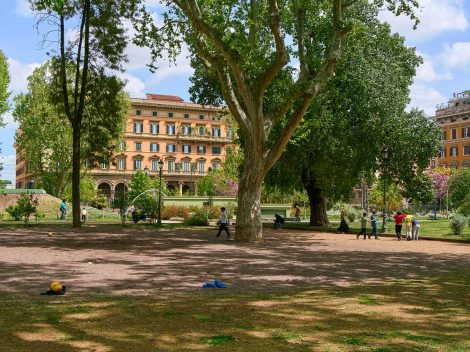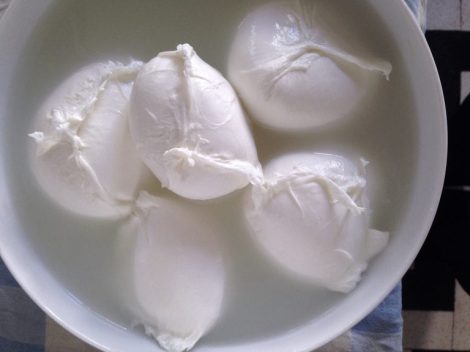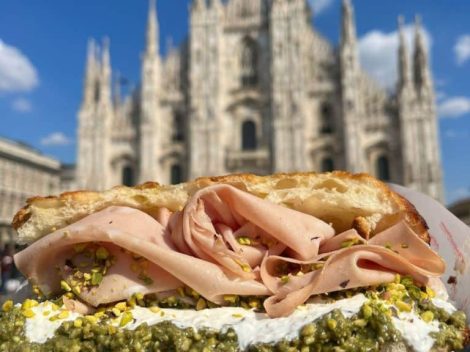Epiphany and the typical products of Italy
The Epiphany closes the Italian holiday season. But it definitely quench the desire for sweets and treats: on January 6 in Italy it's traditional to gather the family together to end the Christmas holiday season and consume the last remains of the abundant lunches and dinners: think panettone, pandoro, torrone, but also lots of candies, colourful surprises and stocking stuffers. However, there are other typical sweets, often forgotten, a bit like the festivity itself, which lives in the shadow of December 25th. Little Christmas, as it's known in the Italian-American community, although equally delicious, Epiphany has long since ceased to exert that enchanting charm on the little ones, perhaps because it is the day before the unwanted return after the holiday break. Yet, in the past, the day of the Befana was a magical moment for Italian children: it was in fact the sweet old woman who gave gifts and sweets to the nice and coal to naughty, well before the advent of her most famous "colleague" riding on the sled. Before shedding light on traditional products, it's therefore good to tell some anecdotes about la Befana.
The legend of the Befana
Even though the Epiphany is also celebrated elsewhere, the legend of the Befana is entirely Italian. And this is one of the few certainties, given how so many different theories have risen about her origins over the years. According to some, she could be linked to the figures of the Magi, who stopped to ask an elderly lady for directions on the way to Bethlehem, then inviting her to join them. The woman refused, repenting immediately afterwards, and to make up for it she began giving sweets to every child she met, hoping to chance upon baby Jesus sooner or later. Another hypothesis maintains that the myth is instead connected to pagan propitiatory rites of the ancient Romans. For twelve nights after the winter solstice, it was believed that female figures flew over the cultivated fields as an auspice of fertility. Then there are those who believe that the Befana is none other than the lunar goddess Diana, protector of hunting and vegetation, but it is very likely that it is rather a symbol of the solar year that has come to an end: the Befana in fact is always represented as being old, generally dressed in rags, just to indicate the bare condition of the fields at the end of the year. Her faithful companion is a broomstick, on which she flies at night between January 5 and 6 to bring gifts to children.
Typical products of the Epiphany in Italy
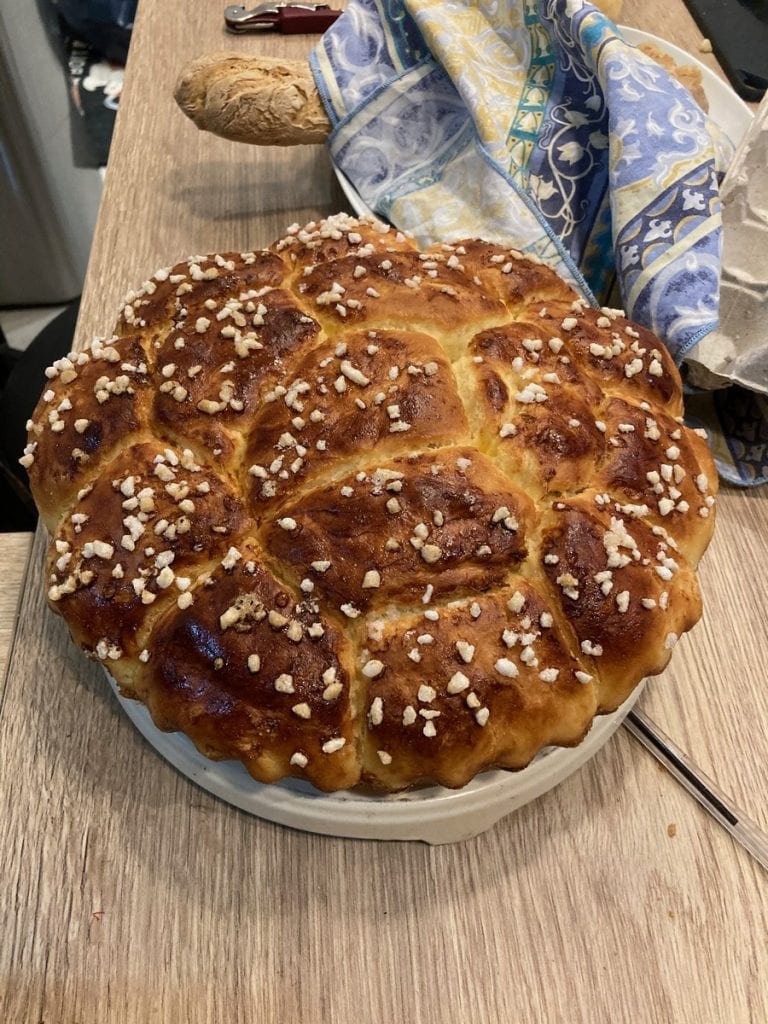
Fugassa d’la Befana - Piedmont
This is one of the oldest sweet preparations of the Epiphany, popular especially in the provinces of Cuneo and Alessandria. Made with flour, butter, eggs, yeast and candied citrus fruits, this type of sweet focaccia is a kind of brioche bread obtained through long leavening, usually studded with raisins and candied fruit. Depending on the area, the recipe includes different ingredients, and above all is shaped differently, even if the most common are the sun-shape and the daisy. According to tradition, fortune bearing coins must be inserted inside the dough, bringing fertility and luck for those who find it. According to another popular custom, however, it's necessary to insert two dried beans, one white and one black: whoever consumes the slice with the white bean will have to pay for the whole focaccia, while whoever finds the dark one will have to treat everyone to wine.
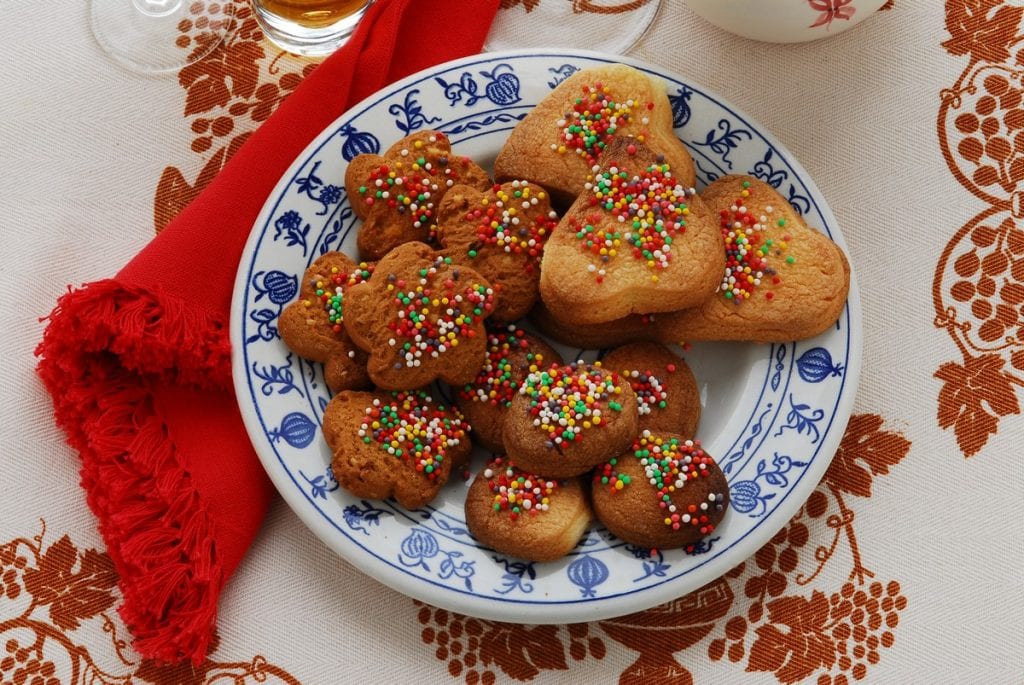
Befanini – Tuscany
Very popular in the Versilia and Lucca areas of the region, these cookies are prepared on January 5th and are used to fill baskets placed on the mantlepiece, instead of the classic Befana stockings. Although recently in part replaced by more industrial sweets, they remain essential products for the day of the Epiphany, especially in Lucca and its surroundings. The recipe includes flour, sugar, butter, eggs, yeast, milk, orange peel, a pinch of salt and a glass of rum. Coloured sugared almonds are used for garnish.
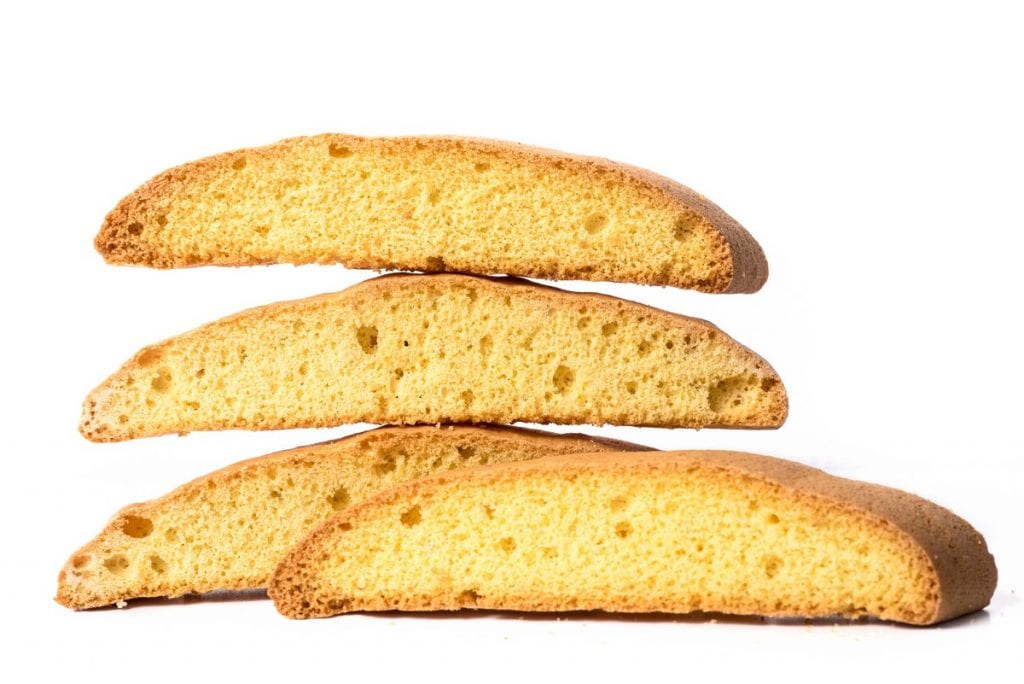
Anicini – Liguria
These are the typical "dipping" biscotti, enjoyed for breakfast with a nice glass of milk or as a snack with a steaming cup of tea. Crumbly and light, also thanks to lack of butter, anicini were once reserved for the most prominent families, who loved to serve them with rosolio. As the name suggests, the main ingredient of the recipe is anise, but there are also eggs, flour, sugar and orange blossom water. The baking technique is also characteristic: the dough is divided into several loaves which, once baked, are divided into many small pieces and baked again until completely golden.
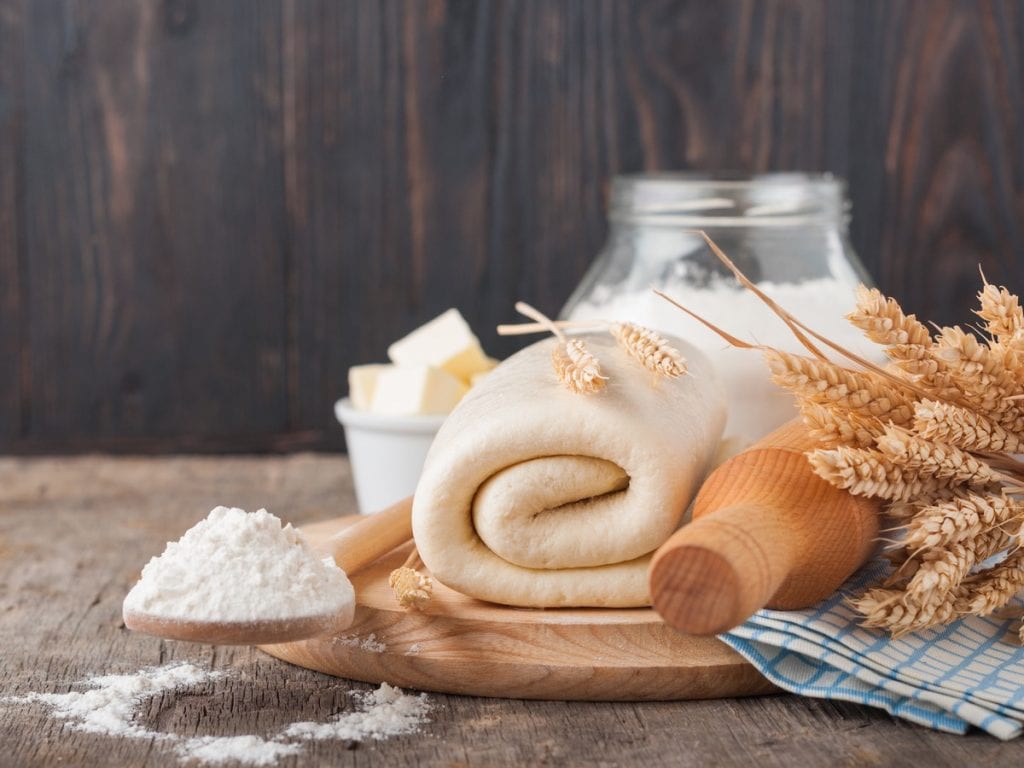
Cammelli di pasta sfoglia – Lombardy
These typical sweets are known for their curious and original shape, prepared in the Varese area. The origin is uncertain: puff pastry specialties that resemble the shape of a camel, probably linked to the Magi, who arrived in Bethlehem riding the exotic animals on the day of the Epiphany. The camel is a symbol of strength, patience and endurance. The Cammelli are found in all local pastry shops and bakeries for a very short period, generally from the beginning of the month and until January 6th, with several versions available. The surface of the cookies is shiny because they are glazed with water and sugar before being baked, and in the richer variants they can be filled with custard, cream or jams..
Pinza de la Marantega – Veneto
Marantega in Venetian dialect means just Befana. The Venetian capital is in fact particularly linked to this figure, so much so that for years a special regatta was dedicated to her: Regata delle Befane, in which the oldest members of the Bucintoro, an ancient rowing club, all participate dressed up as Befanas. But let's get back to food: in this part of Italy we eat pinza de la Marantega, a sweet leavened bread spiked with grappa and studded with raisins, dried figs, pine nuts and candied orange. In the past it was prepared by peasant families and baked under the ashes of the bonfires, covered with cabbage leaves.
by Michela Becchi

 A Riesling from Oltrepò Pavese is the best quality-price ratio wine in Lombardy according to Gambero Rosso
A Riesling from Oltrepò Pavese is the best quality-price ratio wine in Lombardy according to Gambero Rosso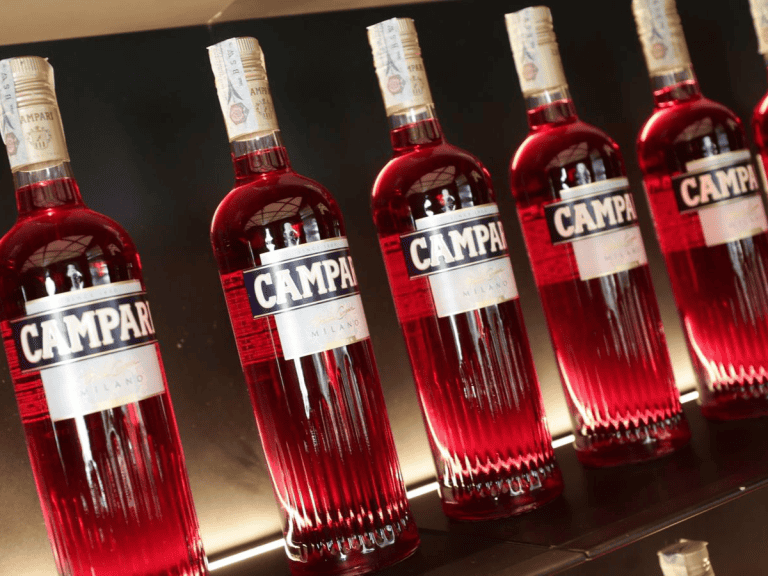 "The Campari recipe? It's a secret, only five people know it." Journey into the factory of the world's most famous red
"The Campari recipe? It's a secret, only five people know it." Journey into the factory of the world's most famous red 57 million bikers on vacation on farms, the Cycling Federation and Agriturist focus on cycle tourism
57 million bikers on vacation on farms, the Cycling Federation and Agriturist focus on cycle tourism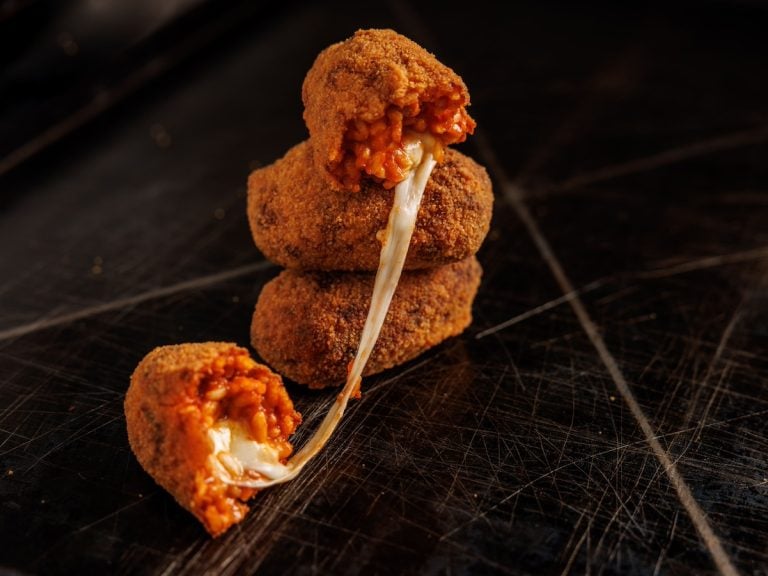 A new era for Casa del Supplì: opens a new location and considers franchising
A new era for Casa del Supplì: opens a new location and considers franchising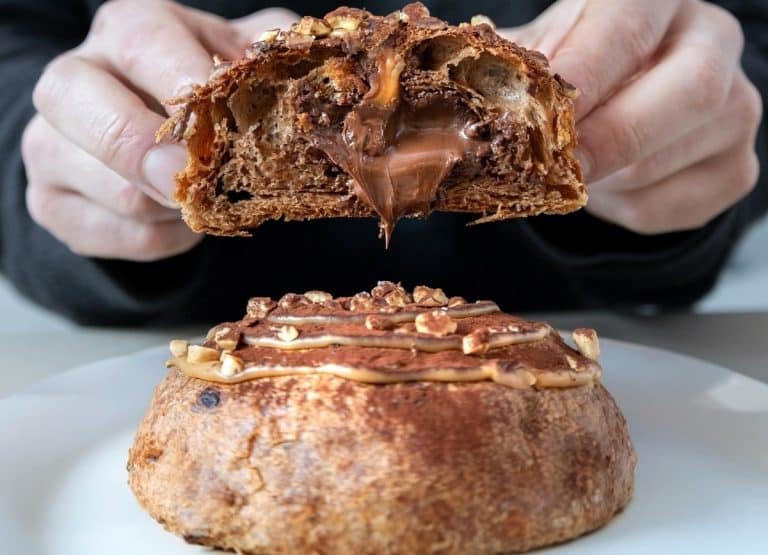 In Milan, a specialty café with gelato is opening near Bocconi University
In Milan, a specialty café with gelato is opening near Bocconi University